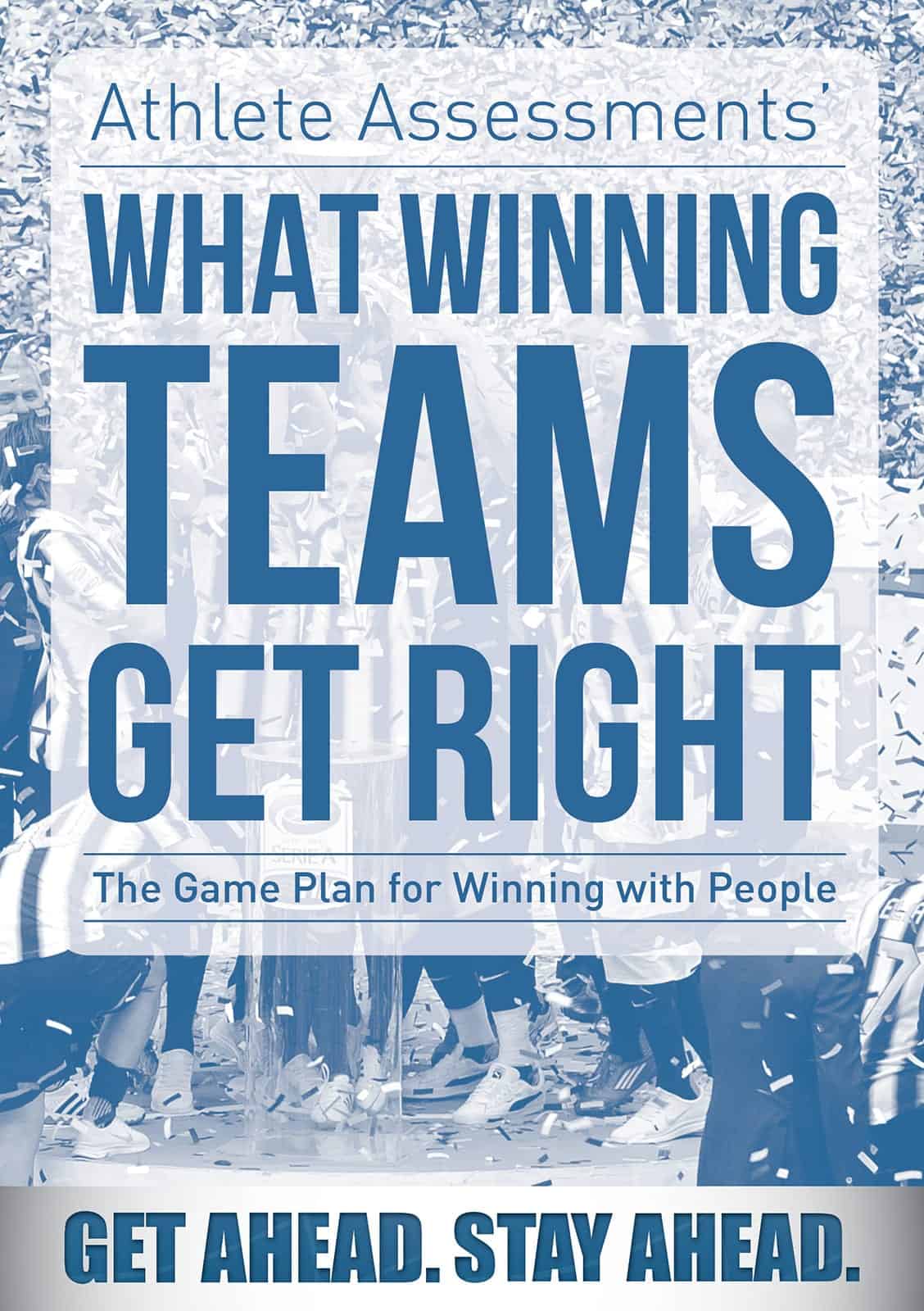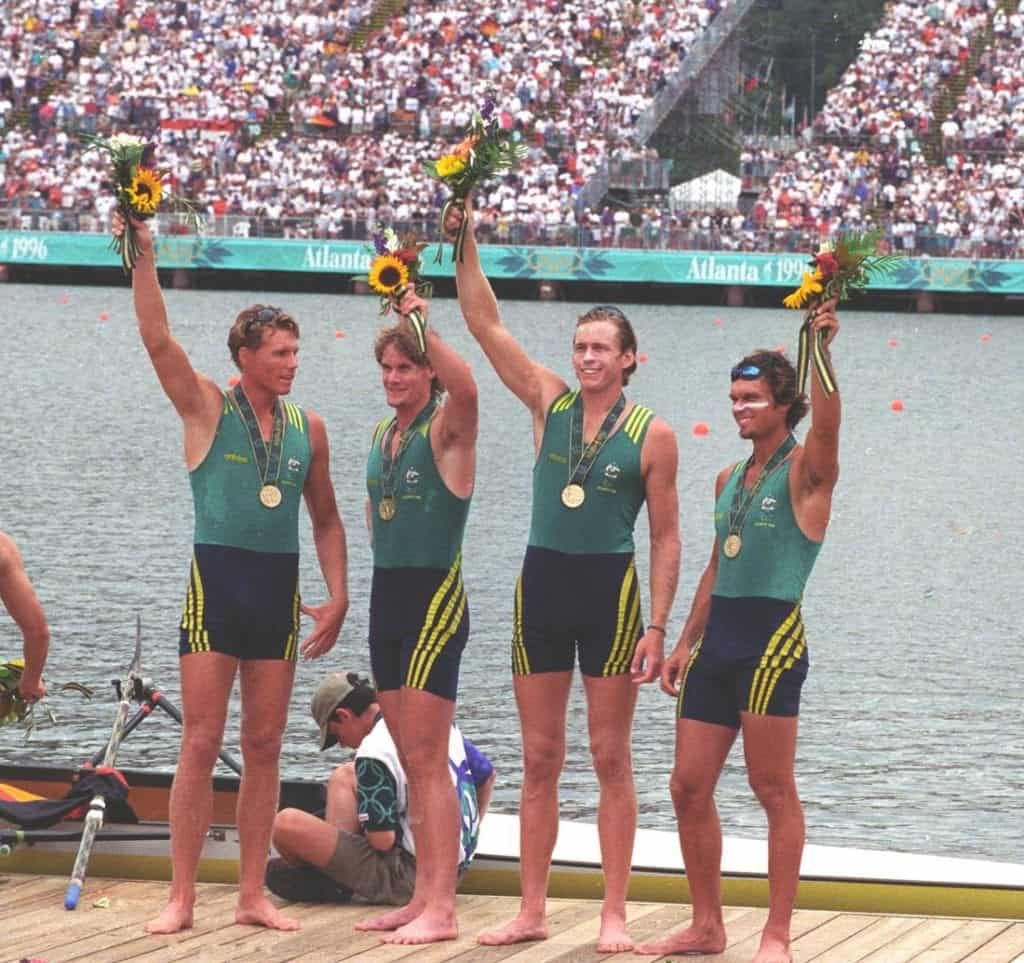By Bo Hanson – 4x Olympian, Coaching Consultant & Director of Athlete Assessments
Recently I was interviewed by an associate for his business magazine. He works specifically in the area of attachment and engagement with the business world. For a while he and I have spoken about the application of the concepts of attachment and engagement within the sporting environments. This article is the interview explaining the key concepts in attachment using my perspective in sport.
If you want to start to understand the latest strategies for maximizing human potential and performance, then this article will begin to deliver important lessons. As time goes on, we aim to uncover more of the science of attachment and how it applies to sport. Ultimately coaches have a role in creating environments for their athletes to be successful in. The concept of attachment is about developing the emotional bonds between people and most critically between the coach and athletes. You may also find valuable our selection of Articles on Engaging Athletes in Sport.
Here is the full interview:
Eight things an Olympic rower can teach us about Employee Attachment
A few weeks ago we had the pleasure of speaking to Bo Hanson. Bo is a former Olympic athlete who represented Australia in rowing for 15 years. In 1992 he became the youngest-ever Olympian rowing for Australia and won bronze medals in the 1996, 2000 and 2004 Olympic Games. Bo now runs Athlete Assessments and Team 8.

His team at Athlete Assessments work with sporting organizations and teams to develop and deliver “athlete-centered” coaching structures.
Attachment perceptions are formed in all social structures, including elite sporting relationships. Similar to the corporate world, the core perceptions of security, trust and value, acceptance and belonging are all essential for athletes to feel bonded to their coach and their team.
We asked Bo about attachment and the role of the coach as the leader of the team and influencer of attachment in the elite sporting arena. Bo told us lots of interesting things that we could apply to a corporate context.
Here’s what he shared….
Lesson 1
Like leaders in the corporate world, sports team coaches need to be aware of developing strong emotional connections both with their team and within their team. These emotional connections are all examples of attachment. An attached team of athletes almost always rises above a team who may have greater physiological traits and technical skills. From junior sports days, we’ve all seen examples where a team of well-bonded or attached athletes, has outperformed a team of “high talent” individuals who have less attachment to their coach and to performing as part of a team.
Lesson 2
In the world of team sport, the critical attachment period is generally shorter than in the corporate world. This period is challenging to manage particularly when the selection process can be grueling, and when the “player-trading” season may actually occur during the season, rather than at the end of the year when the team has disbanded temporarily.

For sports people, when a team is being selected, the official “announcement” of the team is critical. This is when the athletes finally start to feel secure in their new environment. It means they can officially feel and be recognized as part of the team. They know that others will recognize them in this capacity also. When selection drags on for non-specified amounts of time, athletes start to fragment and become more individualistic in their approach. Their levels of insecurity and distress increase and always, performance suffers. Some coaches think this makes their athletes tougher. But all it does is bring out athletes who are already more inclined to operate as an individual. These types of athletes are not what you want to be forming an entire team. Teams need a diversity of behavioral types to be successful.
For employers, think about how and why you announce the formation of a new team after a restructure, or the arrival of a new team member. One of the drivers to attachment is how the employee feels during the pre-employment and orientation period. Recognition and welcome are important to security.
Lesson 3
A successful coach is an excellent role model. They are emotionally consistent and perform well, especially under pressure. They have communication and teaching abilities. They are aware that to help make athletes feel part of the team and be valued, that athletes are to be treated as unique people. You often see successful coaches come from teaching backgrounds because they understand the concept of being able to create learning environments.
In organizations, the highest performer in your team may not necessarily be your best future leader. Too often you will see organizations promote people based on their technical skills. Yet they forget there’s a level of selfishness or single-focus that is necessary to being a high-performer. For attachment, the role of the leader is the role of the primary care-giver. That level of selfless care, is fundamental to how attached an employee becomes to your organization.
Lesson 4
The best coaches have a philosophy to develop the whole athlete. They see the athlete as a whole person, not just a “physiological machine or motor” with a specialist set of athletic skills. A successful coach works on the coach-athlete relationship which goes beyond purely focusing on just the technical aspect of the relationship within the sport. Successful coaches foster trust and respect with their athletes. This helps athletes feel valued as a person.
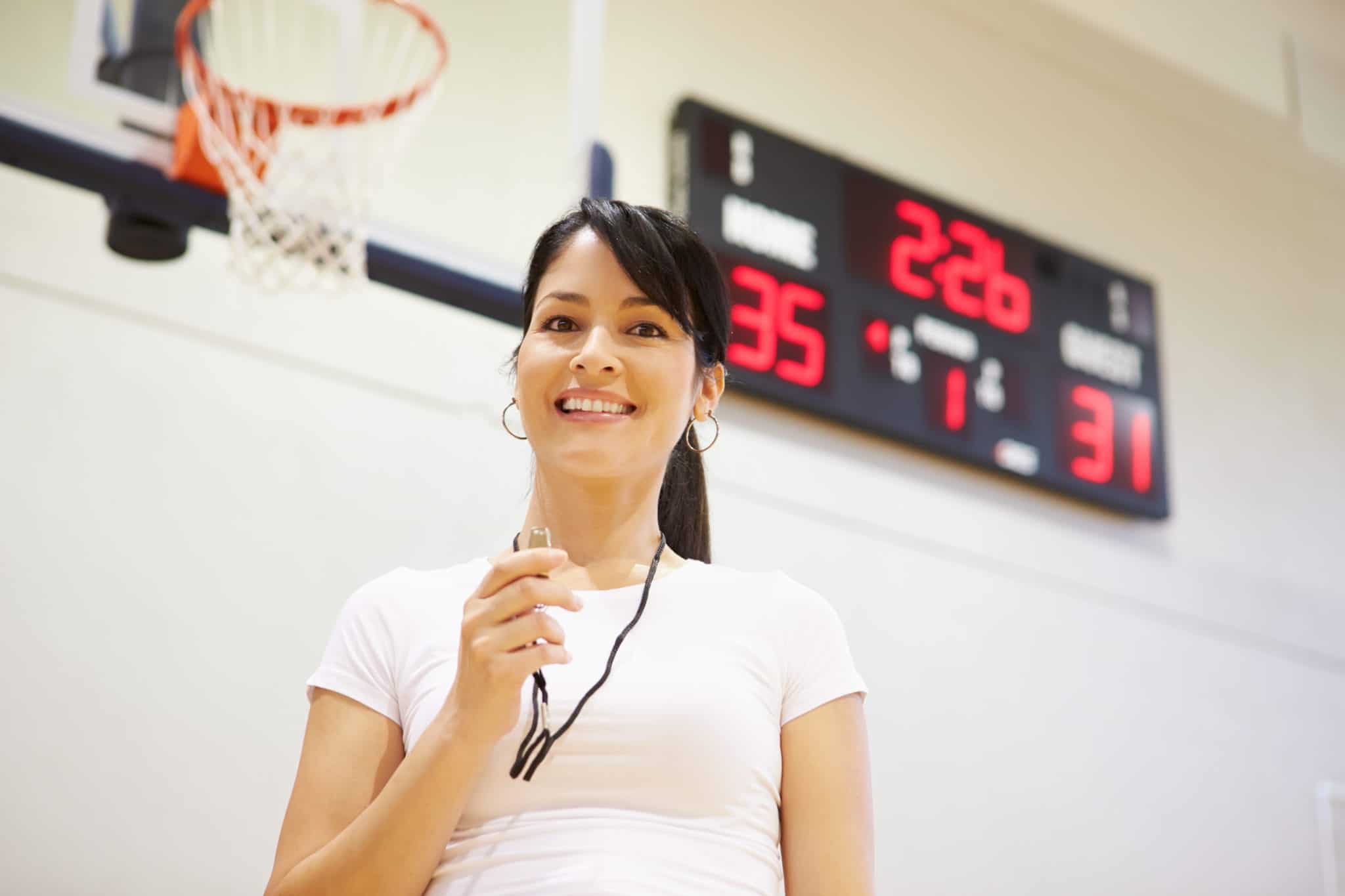
In corporate teams, strong emotional connections are connections we have with the whole person. To work effectively with someone, we need to understand them. For attachment, another key driver is the accessibility a new employee has to their manager, and how they understand and align with the values of their manager.
Lesson 5
Team building outside the team context and outside of everyone’s comfort zone allows every team member (including the coach) to get a sense of individual and team values, behavior, roles and goals. It is a great way of testing team values. These exercises allow all members to understand at a deeper level, the behaviors to which they all subscribe.
Lesson 6
In selecting a team some coaches make the mistake of just looking at the number on the back of an athlete and their corresponding position on the field, instead of considering the contribution the player makes beyond just their technical contribution. Coaches need to think about more than a skill-set. They need to be aware of the additional roles a team member may have, look at how else they add value and other selfless acts they may perform. Very effective teams all have players who make contributions beyond their technical contributions.
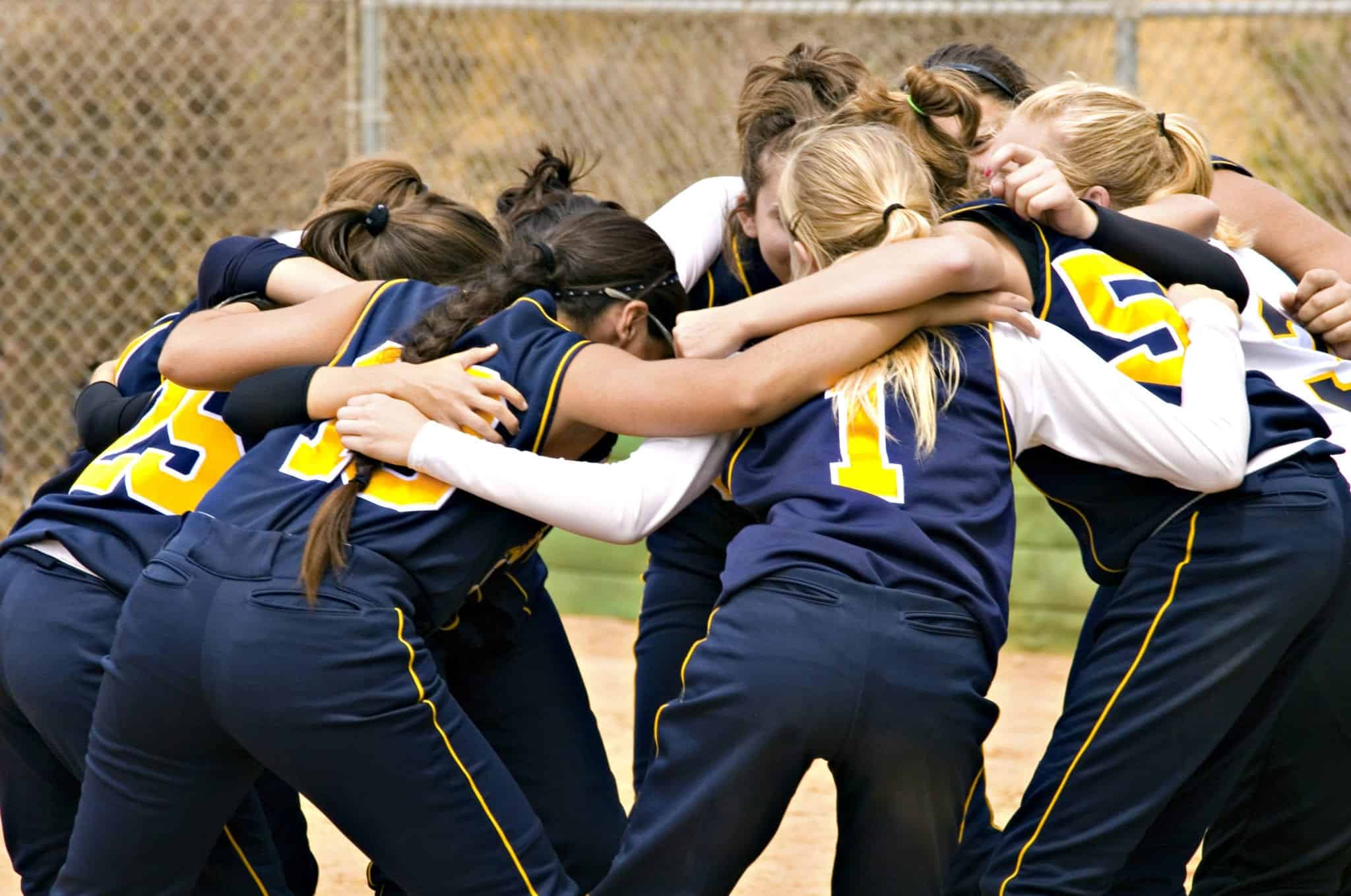
For attachment it is important that a new employee understands how they are expected to perform relative to their stage of employment, and that they understand how they contribute to their team, department and organization.
Lesson 7
Attachment is not something that is just going to happen. It’s a deliberate process. Coaches need to be aware that they need to work on the strong emotional connections. They need to be self-aware. Teams need to understand their goals. Teams and coaches need to understand and break down the values they aspire to as a groups, then break this down to behavior and attitudes they need to have to create more ownership to build a sense of belonging.
This process works in all contexts, sporting, social, community and corporate.
Lesson 8
Trust is always recoverable if you are prepared to put in the additional effort. There are lots of things you can do to rebuild trust.

For example, in the sporting context you may have an athlete who is not selected as part of a first seven, but as part of the first 12. The top seven being more talented. Here trust can be an issue. It’s harder for “bench players” to feel part of the team. Their level of attachment starts to wane.
To counter this you can bring in the concept of “proving yourself each week.” So everyone knows a place on the team is always up for grabs and is determined by performances at training. Everyone has the opportunity to prove themselves and be rewarded for this effort. The key concept here is the athlete has control over their playing career and they know what is necessary to create desirable outcomes.
In an employment context, attachment is recoverable during the critical attachment period. If you measure your team member’s level of attachment at the 90th day, then you have an opportunity to make changes that will rebuild security, trust and value, acceptance and belonging, critical to attachment and having your team perform at their peak.
Where to from here?
Hopefully you found the above interview helpful. For more information on the many valuable topics covered we recommend our collection of articles dedicated to Athlete Engagement.
At Athlete Assessments, we’re here to provide you with excellence in service and here to help you be your best. If there is anything we can assist you with, please Contact Us.


